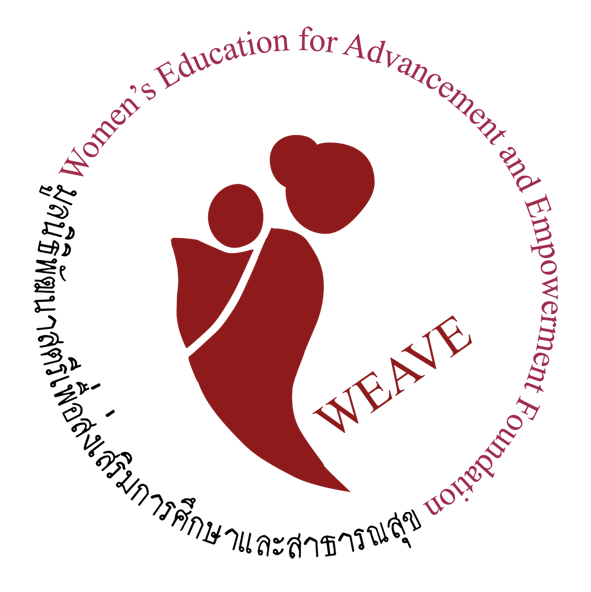As people across the globe celebrated the 100th anniversary of International Women’s Day last March 8, 2011, WEAVE, in solidarity with other women’s groups and their supporters, walked, danced, and sang with pride along Ta Phae Road in Chiang Mai and celebrated with the international community. The march started at the Governor’s house in late afternoon and culminated at Ta Phae Gate. It was soon followed by a program in front of the Gate. Women leaders gave inspiring speeches about overcoming fear and speaking up for their rights. They spoke about how women should use their voice to change the status of other women who are marginalized and to make the world a better place for all women across the globe with equal rights and opportunities. Other women who performed on stage expressed their voices through songs and dances.
The Gate itself was transformed into a women’s space and painted with a medley of posters, photos, banners, flyers, and musical instruments expressing their voices. The festive event clearly indicated that one hundred years since the March 8 was declared International Women’s day, women have indeed come a long way, thanks to the many women across regions and throughout history who battled discrimination and fought for women’s suffrage, fair wages, and equal opportunities. But as the women in Ta Phae all chorused, one day is not enough. Women’s voices should be heard and their actions should be celebrated every single day. And this can only be achieved if women will share equal stage with men in politics and peace and democracy movements.
The United Nations (UN) theme for this year’s celebration is “Equal access to education, training, and science and technology: pathway to decent work for women”. Indeed, WEAVE is at the forefront in this arena. In March 25, WEAVE will again celebrate a day for women as it reopens its Fair Trade shop in Mae Sod. The event is titled “Celebrating An Exciting Milestone”. The shop is envisioned to be a haven for Karen and other ethnic groups on the Thai-Burma border to display their handicraft products, their labor of love and one of the few means for them to earn sustainable income.


